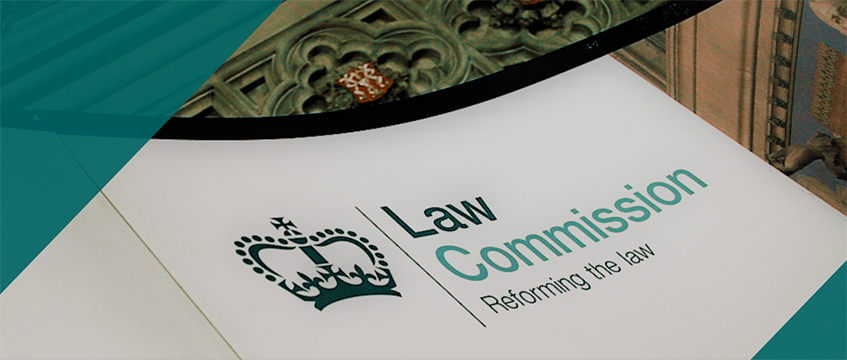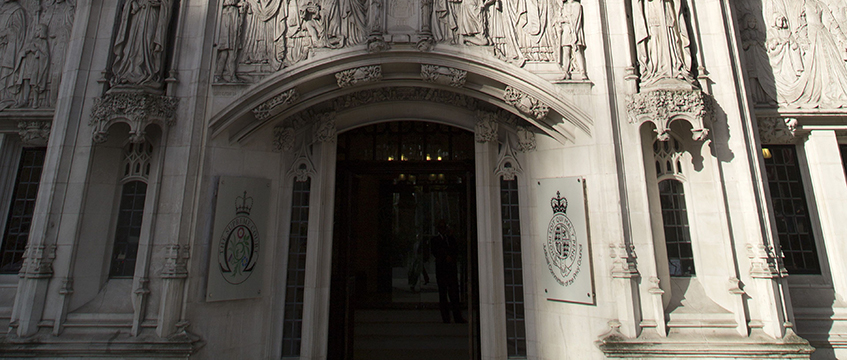Landlord and tenant – Lease of commercial premises – Break clause – Conditions – Lease providing for payment of rent quarterly in advance – Break clause enabling claimant tenant to terminate lease by notice on payment of all rents up to and including break date plus one month’s rent as reverse premium – Whether rent due only to break date where this falling mid-quarter – Whether claimant failing to break lease by virtue of failure to pay reverse premium – Whether payment of full quarter’s rent to be taken as covering reverse premium – Claim dismissed
The defendant was the landlord and the claimant was the tenant under a lease of commercial premises in London SW1 for a term of 10 years expiring in February 2017, at an initial rent of £360,306 pa. The reddendum to the lease provided for payment of the yearly rent “First yearly and proportionately for any part of a year… by equal quarterly payments to be made in advance on the usual quarter days”. A break clause permitted the claimant to terminate the lease at any time up to mid-February 2013, on service of not less than six months’ notice, provided that it satisfied various conditions including payment of the rents “up to and including” the break date, plus, for a break date after mid-August 2012, an additional “reverse premium” of one month’s rent.
In February 2012, the claimant served notice to terminate the lease in August 2012. In June 2012, the defendant invoiced the claimant for £125,141.40 representing a quarter’s rent and service charge in advance, plus VAT. The claimant duly paid that sum. The defendant subsequently asserted that the claimant had failed to break the lease in August 2012 since it had not paid the reverse premium of one month’s rent required under the break clause.
The claimant argued that the reverse premium was covered by the amount that it had paid in June 2012. It relied on the wording of the reddendum so far as it provided for rent to be payable “proportionately for any part of a year”; it submitted that, pursuant to that clause, rent was only payable up to the break date in August 2012 and not for the entire quarter to September 2012, with the result that the full quarter’s rent that it had paid in June 2012 was sufficient to cover both the rent actually due to the break date and the reverse premium. It brought proceedings for a declaration that it had successfully complied with the conditions to break the lease.
Held: The claim was dismissed.
(1) Giving the words of the reddendum their natural meaning, they required a quarter’s rent to be paid on the June quarter day. The reddendum required that a quarter’s rent to be paid in advance on each quarter day. The words “proportionately for any part of a year” provided for apportionment of the rent where the lease began or expired by effluxion of time in the middle of a quarter. Those apportionment provisions did not apply where a break date fell mid-quarter. The condition in the break clause could not be used to alter the meaning of the reddendum. That condition merely provided that the lease would terminate if the tenant had paid the yearly rent up to and including the break date. That rent included the full quarter’s rent falling due in June 2012. As at the quarter day, it could not be assumed that the lease would end mid-quarter since it was still unknown whether it would do so. Although the claimant had served a notice identifying its desire to terminate, it might not comply with the conditions in the break clause, in which case the notice would have no effect. The words “proportionately for any part of a year” could not be taken as reducing the rent otherwise payable after a break notice had been served just because the lease might end in the middle of that quarter. Otherwise, there would be uncertainty, in the event that the lease did not terminate, as to how the balance of the quarter’s rent was to be paid; although it could be collected as rent in arrears with interest, the mechanism for payment would have passed and would not have been properly complied with. Leases were to be construed strictly and business certainty was desirable for all parties.
Although the outcome might seem harsh on the claimant, the meaning of such clauses had been reasonably well known even before the lease was entered into. The form of reddendum contained in the lease was very common. Although cases concerning the construction of one document were not binding on a subsequent court construing another document, and each document was to be construed on its own terms, it was desirable in the interests of certainty that the same words should be construed with the same meanings: Capital & City Holdings Ltd v Dean Warburg Ltd [1989] 1 EGLR 90; [1989] 25 EG 97 and PCE Investors Ltd v Cancer Research UK [2012] EWHC 884 (Ch); [2012] 2 P&CR 5; [2012] PLSCS 84 considered. It was up to the claimant to comply strictly with the conditions of the break clause if it sought to take advantage of that clause in accordance with its terms.
(2) Furthermore, on the facts of the case, the claimant had appropriated its payment of June 2012 to the payment of a quarter’s rent and service charge in advance, as invoiced by the defendant. The relevant invoice number had been cited when paying that sum, which was therefore clearly attributed to the invoice. The defendant could not know that the payment was intended to cover the reverse premium due under the break clause conditions since the claimant had never said that it was. Accordingly, even if, on the true construction of the lease, rent had only been due to August 2012, the payment that the claimant made in June 2012 was a payment in respect of the entirety of the invoice for the whole quarter’s rent and could not be regarded as a payment of the reverse premium.
Guy Featherstonhaugh QC (instructed by Berwin Leighton Paisner LLP) appeared for the claimant; Jonathan Small QC (instructed by Reed Smith LLP) appeared for the defendant.
Sally Dobson, barrister










